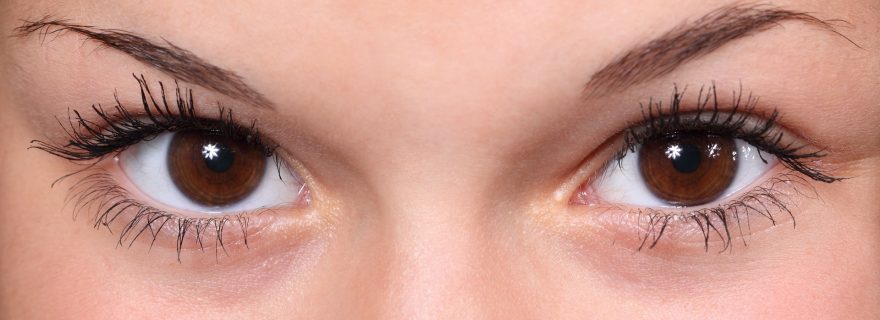Your eyes are windows to your dopamine-driven brain
The average person blinks 15 times per minute, far more often than is necessary to protect the eyes. Why is that? The answer might reveal more about your brain!
An average person typically blinks between 10 and 20 times per minute, even though about 5 blinks are necessary to protect the eyes. You may have noticed some people blink a lot more than others and it turns out this might actually be very useful information. Why? Because your spontaneous eye blink rate is influenced by how much dopamine you have in your brain. And as you may know, (having enough) dopamine is very important.
The popular neurotransmitter
Perhaps one of the brain’s most well-known neurotransmitters, dopamine is associated with the experience of pleasure and reward, and abnormal dopamine function is linked to common disorders such as addiction, ADHD, Parkinson’s disease and schizophrenia. These disorders have taught us that, although having enough dopamine is very important, having more is definitely not always better. On the contrary, studies show having either too little or too much dopamine can be devastating for your daily functioning. Unfortunately, finding out how much dopamine you have is tricky, expensive and requires invasive testing. That is why in a recently published review article we evaluate if we can use your spontaneous eye blink rate to find out if you have too much or too little dopamine.
The evidence
It may sound silly, having something as simple as blink rate predict the state of your brain. But there is actually a lot of different evidence for the idea that higher dopamine levels are responsible for higher blink rates. This evidence comes from three major lines of research:
-
First, we know from studies with animals and humans that dopamine-stimulating drugs (for example ‘speed’) increase blink rates and drugs that suppress dopamine (for example antipsychotics) decrease blink rates.
-
Second, blink rates are very high in patients who suffer from disorders we know are linked to abnormally high dopamine activity, for example schizophrenia. On the other hand, disorders linked to very low dopamine activity, for example Parkinson’s disease, are associated with very low blink rates (and dry eyes!). Thankfully, these blink rates often return to a more ‘normal’, healthy range after treatment.
- Lastly, we know that some daily-life jobs such as flexibly switching between different tasks, having a creative mindset or even studying for exams can be easier when you have a little higher than average dopamine level. That’s why so-called ‘study-drugs’ such as Ritalin that enhance dopamine activity are often (ab)used by students. So if a slightly higher dopamine level helps with these tasks, does that mean people who blink more often (which indicates they have a higher dopamine level) are better at them than people who blink only rarely? Actually, they are. A lot of studies show high-blinkers are better at certain tasks than low-blinkers, in particular when you need to be mentally flexible. For example, eye blink rate can predict how creative someone is. But remember: more is not always better and some of these studies also show that if your dopamine level is very high this might actually make you too flexible and easy to distract.
Overall, these studies support the idea that higher eye blink rates are linked to higher dopamine levels. This means eye blink rate might be useful in a lot of very different contexts. For example, doctors can track a patient’s response to dopamine-related drugs by checking whether their blink rate changes and scientists can use the blink rate to investigate why some people are better at certain tasks than others. And who knows, some high-but-not-too-high-blinking people can probably think of even more creative applications.
If you want to know more details about eye blink rate and dopamine, for example which tasks high-blinkers are better at or which disorders have been linked to higher/lower blink rates, make sure to read our review!
Jongkees, B.J., & Colzato, L.S. (2016). Spontaneous eye blink rate as predictor of dopamine-related cognitive function—a review. Neuroscience and Biobehavioral Reviews, 71, 58-82.



0 Comments